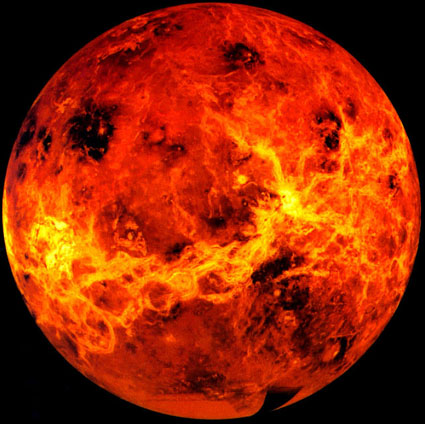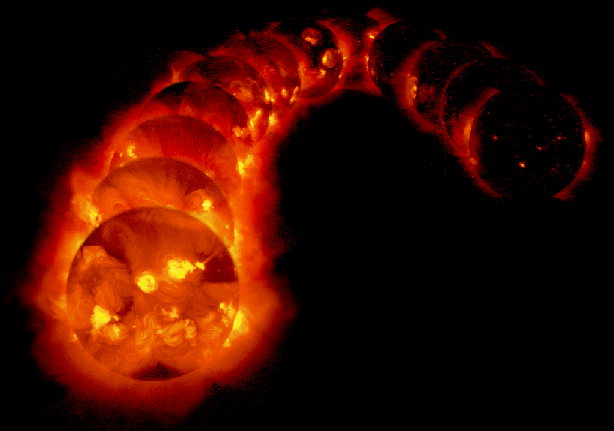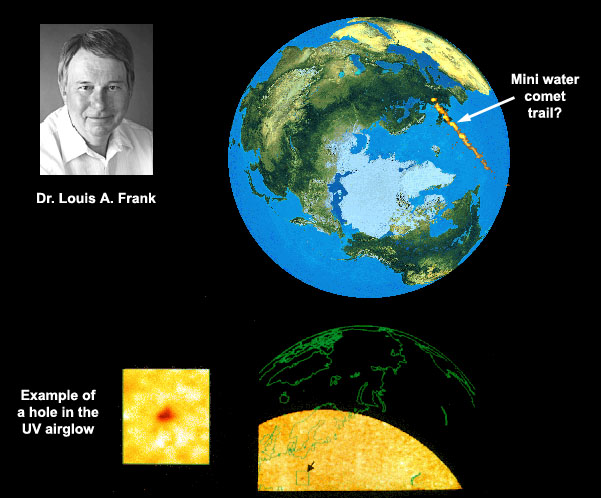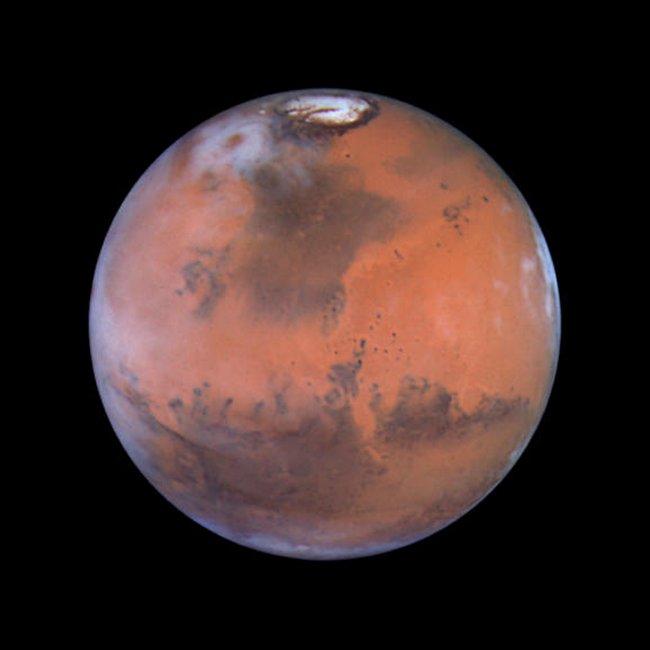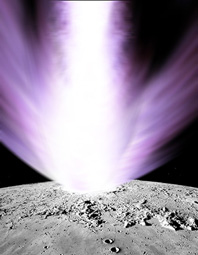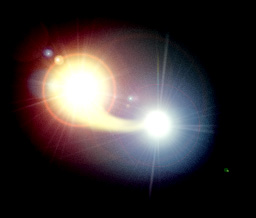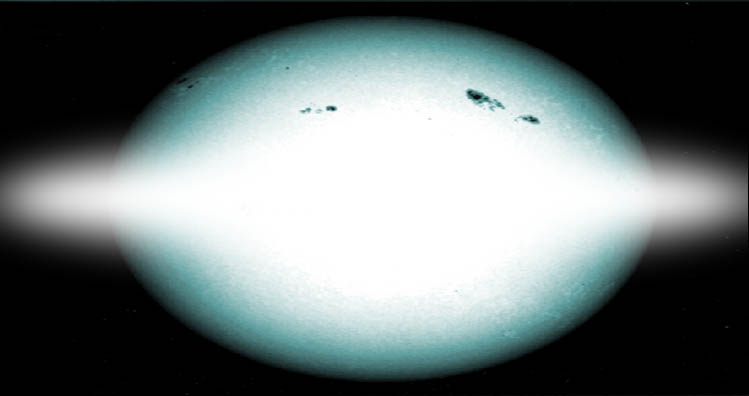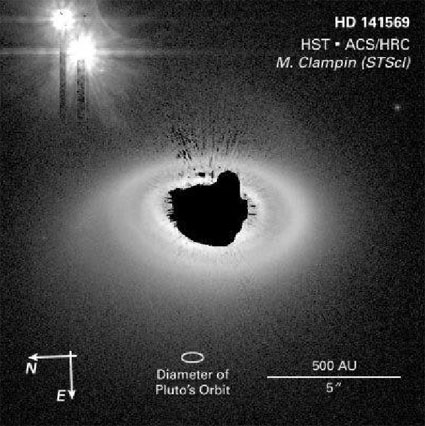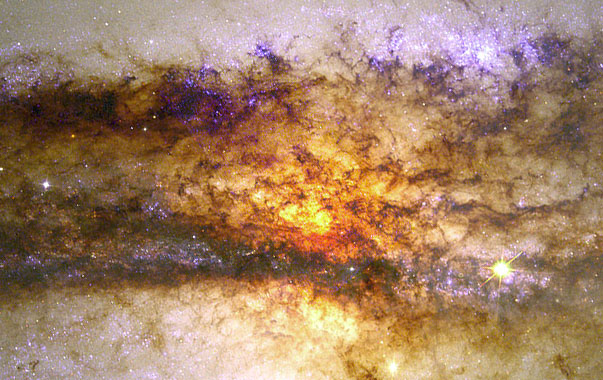holoscience.com | The ELECTRIC UNIVERSE®
A sound cosmology for the 21st century
The Shiny Mountains of Venus
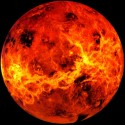
The astronomer Victor A. Firsoff in his book, The Solar Planets (1977), wrote: “I once described Earth and Venus as ‘non-identical twins.’ It used to be thought that their differences were more apparent than real. But in the words of Sherlock Holmes, ‘Eliminate the impossible and what is left, however improbable, is the truth.’ And…
THE SUN — Our Variable Star
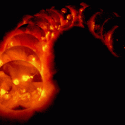
This article updated on 25 Nov 2003 “Perhaps the most remarkable aspect of the growth in our understanding of the universe is that we understand anything at all.” – Martin Harwit, from a talk given at the American Physical Society’s meeting in Philadelphia in April 2003. Harwit is an emeritus professor of astronomy at Cornell…
Comets & Lightning Jets
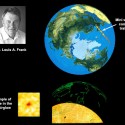
I recently picked up a second-hand book titled “The Big Splash” by Dr. Louis Frank of the University of Iowa. Although it was published in 1990, the issues it raised remain unresolved. The cover proclaims excitedly in large bold type: “A scientific discovery that revolutionizes the way we view the origin of life, the water…
Mysterious Mars
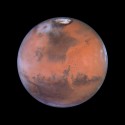
Today, 27 August, at 9.51 am GMT, Mars will be a mere 56 million kilometres from Earth, the closest it has been since 57,617 BC. The claim that Neanderthals 60 millennia ago witnessed a Mars approach similar to what we are seeing today should be re-evaluated on two counts, one astronomical and one historical. First:…
Spiral Galaxies & Grand Canyons
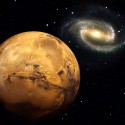
The grandest canyon in the solar system is Valles Marineris on Mars. It stretches a third of the way around the planet. But what in heaven can spiral galaxies have to do with the geology of Mars? In October 2001, I wrote “In light of more than a century’s research in the field of plasma…
Puzzling Star Stuff
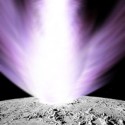
“Twinkle, twinkle little star. How I wonder what you are.” In a report for the New Scientist of 26 July, titled ‘The Sun Catcher,’ Hazel Muir writes about the daring exploits required to retrieve samples of the Sun to be returned to the Earth in 2004 by the GENESIS spacecraft. Astronomers hope that the solar…
Planet Birthing – more evidence
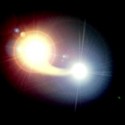
In my May news item I wrote, “It is far simpler and infinitely more efficient if planets are “born” at intervals by the electrical ejection of charged material from the similarly charged interiors of larger bodies – gas giants from stars, and rocky planets from gas giants.” The following report is from Astronomy.com of July…
Squashed Star Flattens Solar Theory
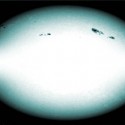
The following report appeared in New Scientist for 12 June 2003: Flattest star puts astronomers in a spin Danny Penman The flattest star yet seen is forcing researchers to revise their ideas on the dynamics and structure of celestial bodies. The star, called Achernar, was observed by astronomers at the European Southern Observatory in Chile.…
Planet Birthing
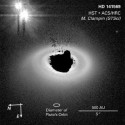
Dan Falk prefaced a recent news report in Nature, on the subject of planet formation, with these words: “Our knowledge of planets outside our Solar System has been transformed in the past few years. But these new-found worlds don’t look much like our planetary neighbours, and no one is quite sure why.” At a rough…
SETI – The Search for Extraterrestrial Intelligence
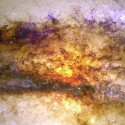
“Next we come to a question that everyone, scientist and non-scientist alike, must have asked at some time. What is man’s place in the Universe?” – The Nature of the Universe, Fred Hoyle. In March this year 13,000 people from across the U.S converged on Philadelphia for the largest meeting of science educators in the…
